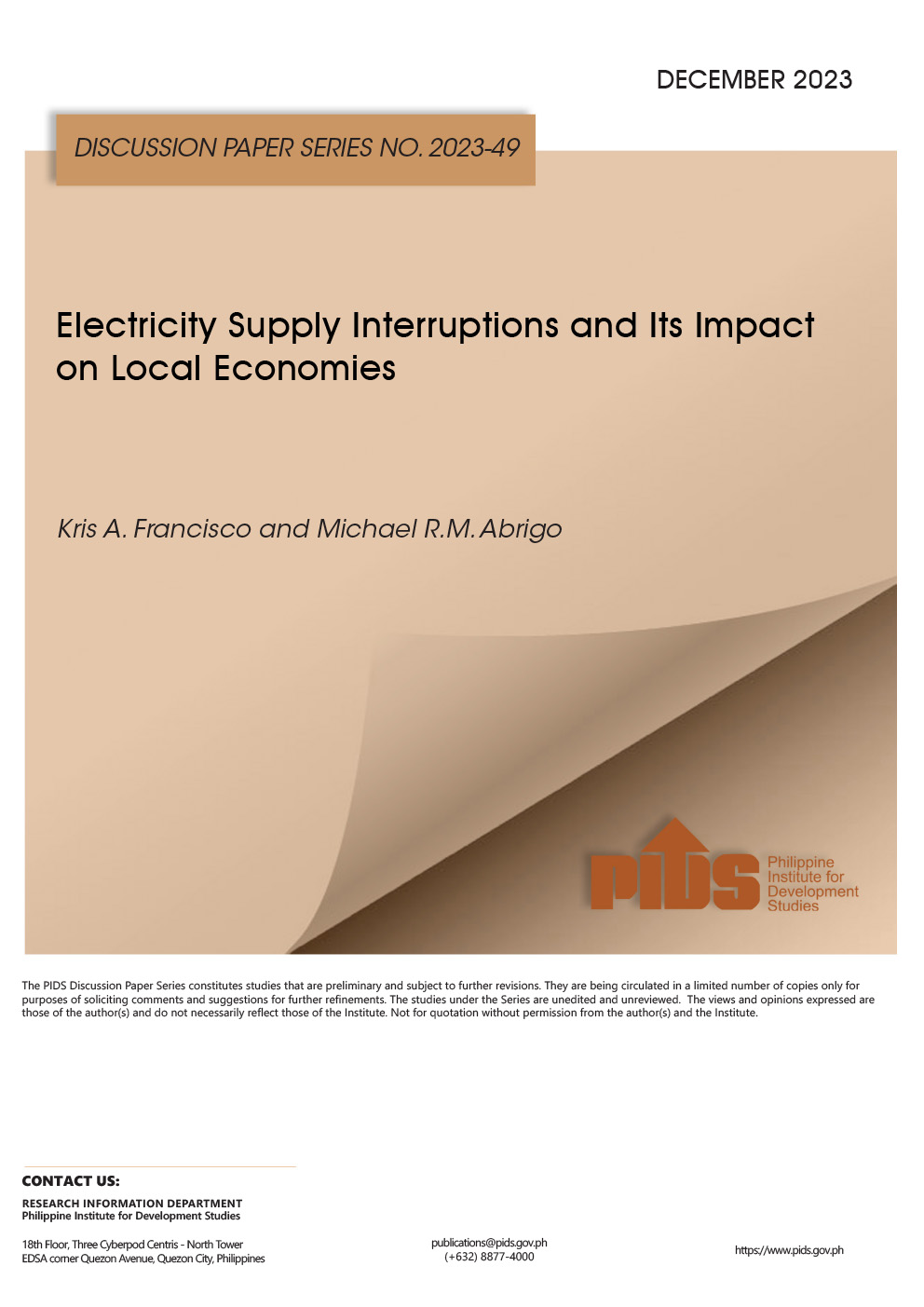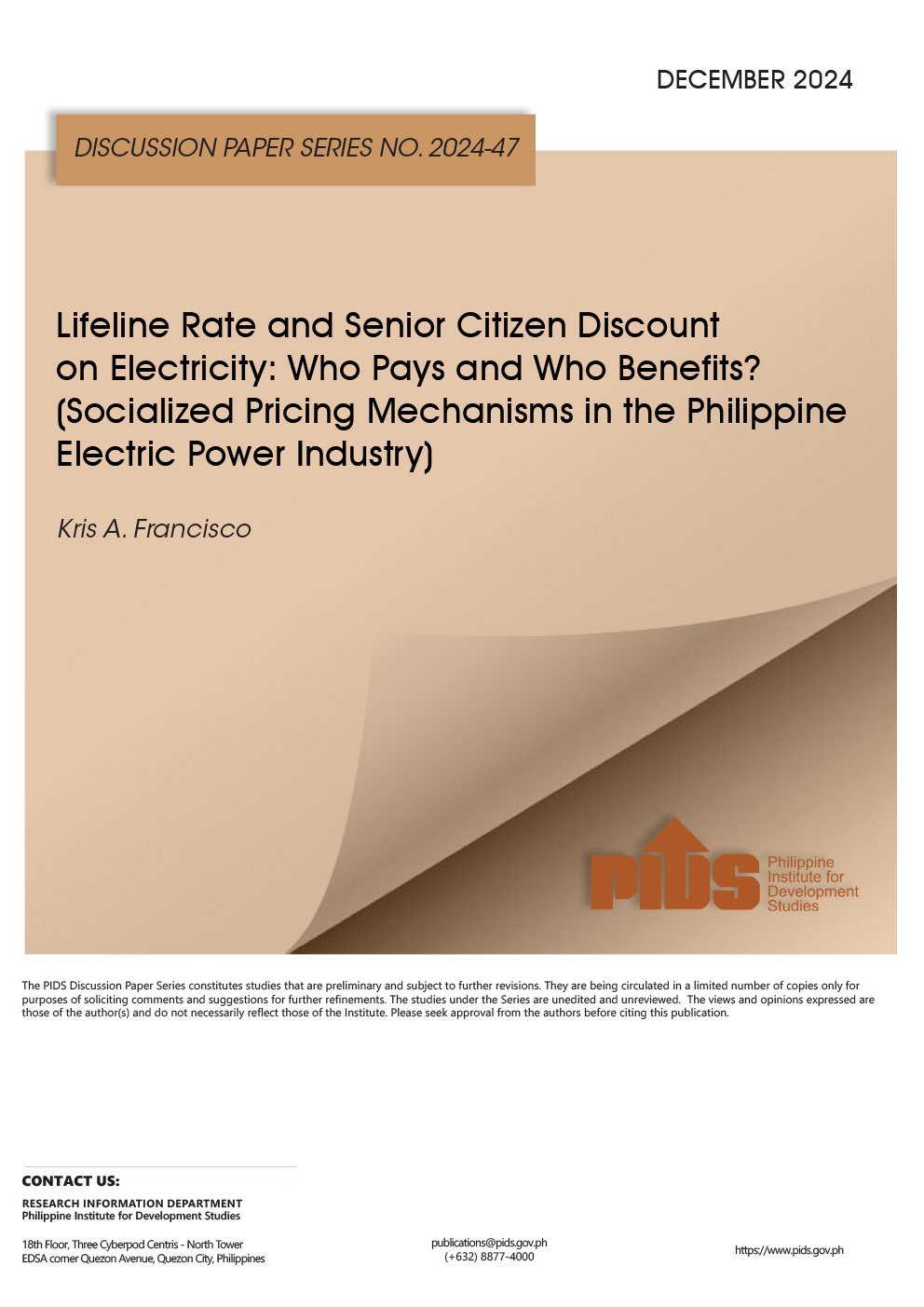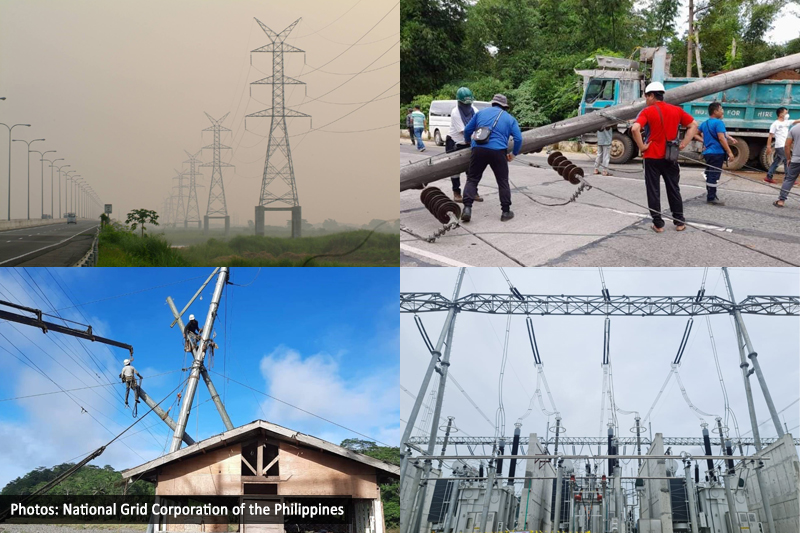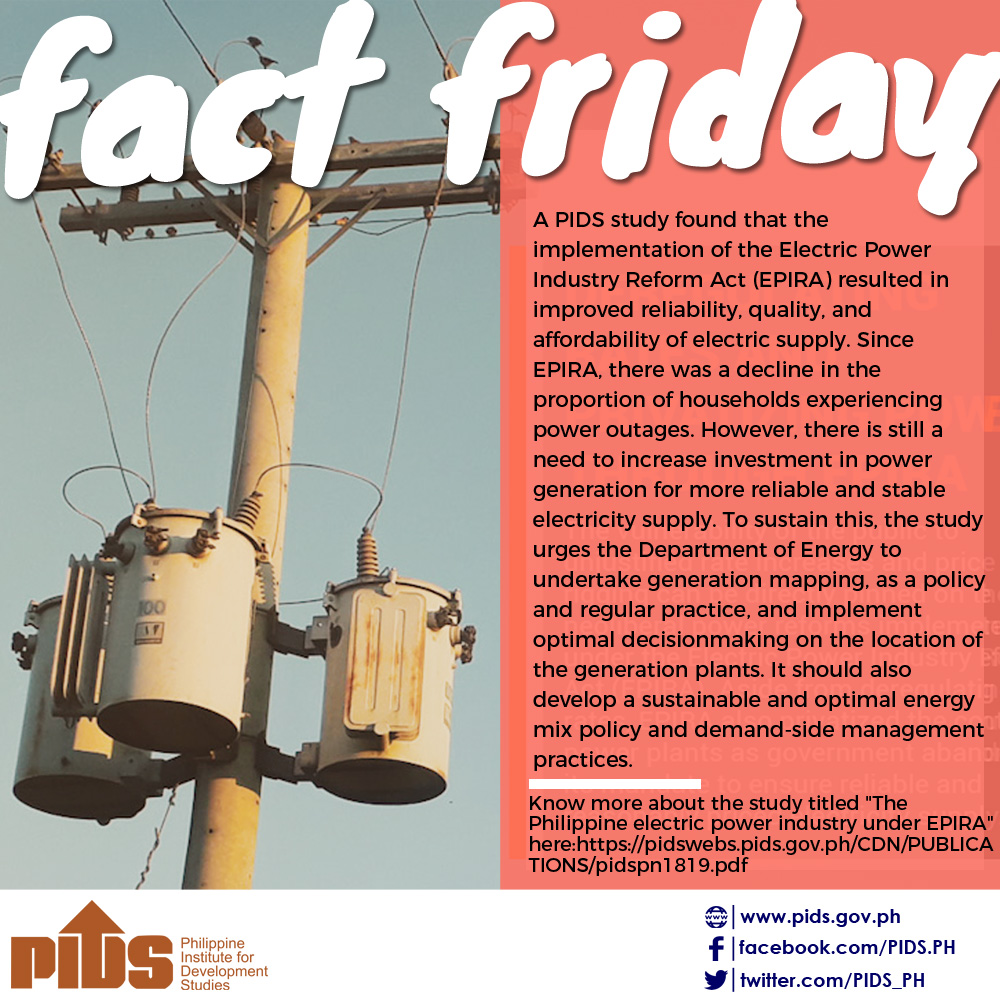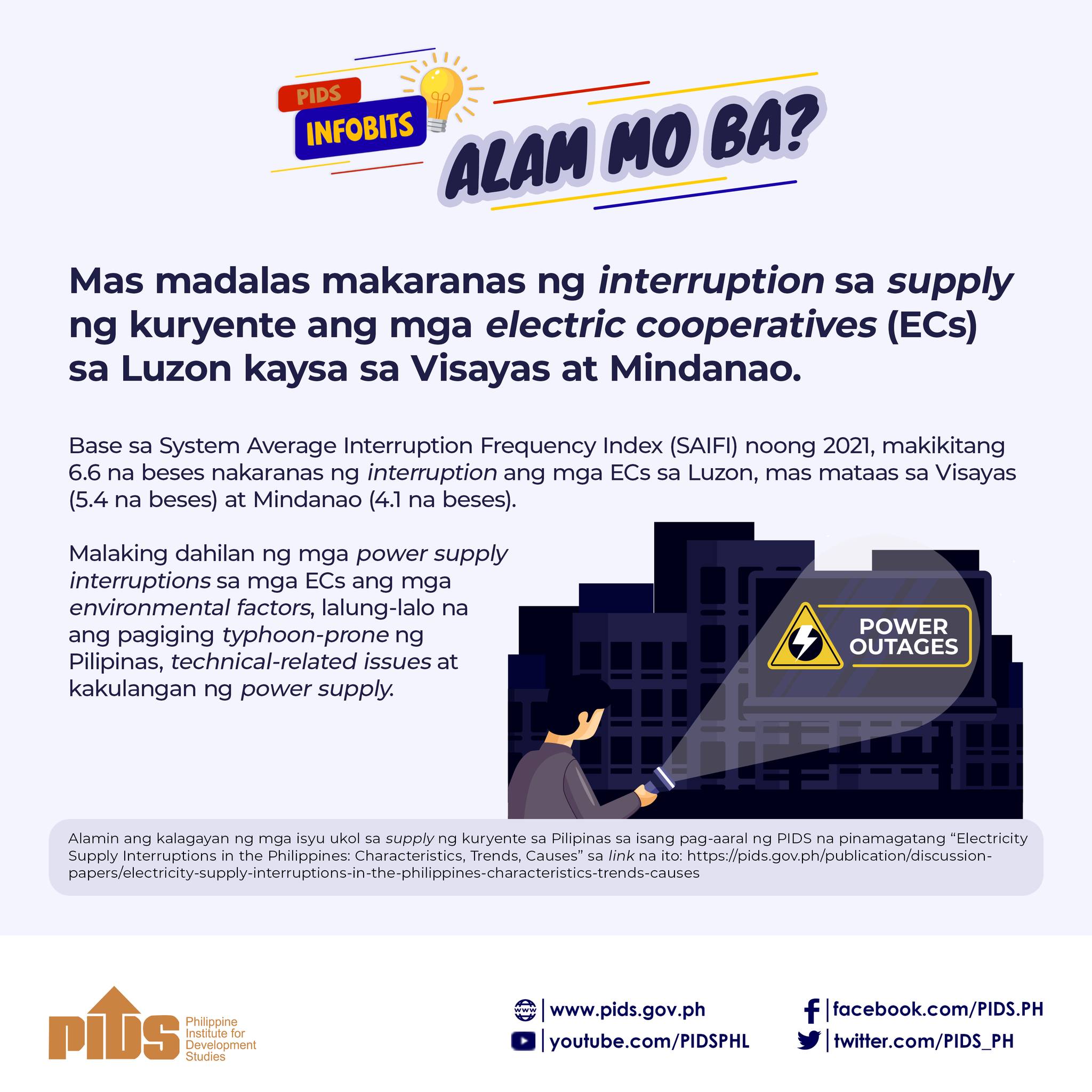In the summer of 2012, Mindanao experienced a crippling power crisis which revealed the shoddy and fragmented state of energy infrastructure in the region as well as in the whole country. For weeks now, a lot of attention is once again drawn to the energy sector because of the precariously low power supply which is feared to put a brake on economic development. Businesses, for instance, have voiced concerns that the country`s energy situation may slow down and even stunt the country`s economic growth.
A study conducted by Philippine Institute for Development Studies (PIDS) Senior Research Fellow Adoracion Navarro warns that the Mindanao power crisis may stage a comeback in this years and next years summer season given that there had been no additions to the baseload capacity.
The demand for power in Mindanao has continuously spiked through the years with rapid urbanization and increased industrialization. According to the Navarros study, consolidated forecasts for the electricity demand for the period of 2010-2019 show an annual average demand growth of 4.28 percent in Mindanao, which is higher than national rate of 3.63 percent in the same period.
Citing 2012 data from the Department of Energy (DOE), the study notes that the Mindanao grid at present has 37.31 percent baseload generating capacity, a far cry from Luzon`s 63.94 percent and Visayas` 71.88 percent. Mindanao`s generating capacity is also heavily dependent on hydropower which has become unreliable in the face of worsening deforestation of watersheds and siltation of river systems. Of the total 1,616 megawatts (MW) dependable generation capacity in Mindanao, 1, 038 MW come from hydropower plants such as the Agus and Pulangui plants.
Mindanao`s peak demand could reach 1,428 MW this year and 1, 823 MW by 2019. The study explains that to meet peak demand and, at the same time, maintain security and reliability of the power grid, generation capacity must not only correspond to peak demand but also provide for other ancillary services. According to DOE, there should be a reserve margin of at least 21 percent of peak demand. The total generation capacity consequently should be 1,728 MW in 2013 and 2,206 MW in 2019.
However, the dependable capacity in Mindanao is now only 1,616 MW. This means that the power system could run a reserve shortfall of 112 MW for this yeara clear sign that last years power crisis may happen again. The study says that this gap can only be filled in 2015 when a new coal power plant in Sarangani would already have been built to supply additional 105 MW.
Navarro urged the energy department to implement short-term solutions for likely peaks in the summers of 2013 and 2014, as well as medium- to long-term solutions for increasing generating capacity and managing demand. She recommends for the short term the rehabilitation of the Agus and Palangui hydropower plants and the promotion of interruptible load program for large consumers in the region. She adds that a more aggressive information, education, and communication campaign on the power situation and power outlook in Mindanao should be undertaken.
For the long term, Navarro recommends the implementation of demand-side management programs, the interconnection of the Visayas and Mindanao grids, coming up with a definitive decision on the privatization of Agus and Palangui plants, and implementation of reforestation and watershed management programs, among others.
For more information, you may download the full study from this link: http://dirp4.pids.gov.ph/ris/pn/pidspn1217.pdf.
A study conducted by Philippine Institute for Development Studies (PIDS) Senior Research Fellow Adoracion Navarro warns that the Mindanao power crisis may stage a comeback in this years and next years summer season given that there had been no additions to the baseload capacity.
The demand for power in Mindanao has continuously spiked through the years with rapid urbanization and increased industrialization. According to the Navarros study, consolidated forecasts for the electricity demand for the period of 2010-2019 show an annual average demand growth of 4.28 percent in Mindanao, which is higher than national rate of 3.63 percent in the same period.
Citing 2012 data from the Department of Energy (DOE), the study notes that the Mindanao grid at present has 37.31 percent baseload generating capacity, a far cry from Luzon`s 63.94 percent and Visayas` 71.88 percent. Mindanao`s generating capacity is also heavily dependent on hydropower which has become unreliable in the face of worsening deforestation of watersheds and siltation of river systems. Of the total 1,616 megawatts (MW) dependable generation capacity in Mindanao, 1, 038 MW come from hydropower plants such as the Agus and Pulangui plants.
Mindanao`s peak demand could reach 1,428 MW this year and 1, 823 MW by 2019. The study explains that to meet peak demand and, at the same time, maintain security and reliability of the power grid, generation capacity must not only correspond to peak demand but also provide for other ancillary services. According to DOE, there should be a reserve margin of at least 21 percent of peak demand. The total generation capacity consequently should be 1,728 MW in 2013 and 2,206 MW in 2019.
However, the dependable capacity in Mindanao is now only 1,616 MW. This means that the power system could run a reserve shortfall of 112 MW for this yeara clear sign that last years power crisis may happen again. The study says that this gap can only be filled in 2015 when a new coal power plant in Sarangani would already have been built to supply additional 105 MW.
Navarro urged the energy department to implement short-term solutions for likely peaks in the summers of 2013 and 2014, as well as medium- to long-term solutions for increasing generating capacity and managing demand. She recommends for the short term the rehabilitation of the Agus and Palangui hydropower plants and the promotion of interruptible load program for large consumers in the region. She adds that a more aggressive information, education, and communication campaign on the power situation and power outlook in Mindanao should be undertaken.
For the long term, Navarro recommends the implementation of demand-side management programs, the interconnection of the Visayas and Mindanao grids, coming up with a definitive decision on the privatization of Agus and Palangui plants, and implementation of reforestation and watershed management programs, among others.
For more information, you may download the full study from this link: http://dirp4.pids.gov.ph/ris/pn/pidspn1217.pdf.

